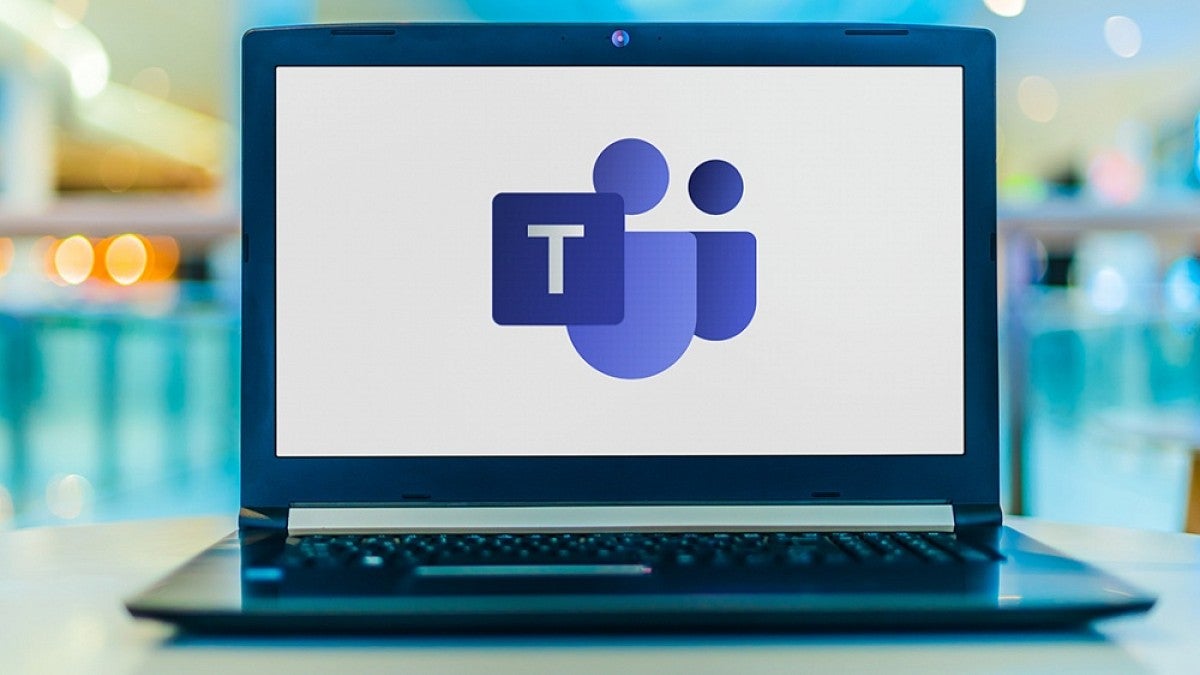Editor’s note: A Microsoft Teams calling FAQ is now available in the UO Service Portal.
Telephone service for most University of Oregon employees will be moving to Microsoft Teams in 2022.
Rather than having physical phones on their desks, faculty members and most staff will make and receive calls through the Teams application on their computers or mobile devices.
"We're not just replacing the phone system," said Jessie Minton, vice provost for information services and chief information officer. "By taking this big step forward, we can not only meet people where they are now but also keep pace with their future communications needs."
Part of the Office 365 suite, Teams already allows everyone at the UO to collaborate through audio- and videoconferencing, chat and file sharing. The app can be installed on Windows and Mac computers or used through a web browser. Employees also have the option to install Teams on their personal smartphones.
The new functionality will add a virtual dial pad to Teams that connects to the employee's UO telephone number.
"We're excited to be delivering features and functions that people have been asking for, especially during the pandemic" said Melody Riley, associate chief information officer for applications and middleware. "You can use your laptop to make calls with your UO number from anywhere, whether it's across campus or around the world. Those who have used their smartphones for UO business can continue to do so but will be able to use the Teams app without giving out their personal cell numbers."
The Teams calling service will serve all faculty members and most staff at their individual UO phone numbers.
A separate, more traditional phone service will be developed outside of Teams for situations that require exceptional reliability, such as emergency phones, elevator phones and the UO Police Department. Information Services is coordinating with Safety and Risk Services to identify locations that require such service.
The two new phone systems form the capstone of the communications and collaborative technologies program, formerly referred to as unified communications. Prompted by the need to replace the university's existing telephone system, which originated in 1989, Information Services launched the program in early 2019 to broadly address communications technology.
A pilot project for Teams calling is already underway. About 100 employees of Information Services use Teams for their telephone service, with the rest slated to transition by the end of 2021.
University Advancement staff will also transition to Teams calling as part of the pilot, as will some members of University Communications.
In early 2022, Information Services will start transitioning other UO units to Teams calling, with the goal of completing the transition universitywide by the end of the year. The project team will share more details about the plan as it develops in the coming months.
"For some people, switching from their desk phone to an app may be a big change, and we want to ensure it goes smoothly," Riley said. "We've enlisted a consultant partner for the pilot to help us develop a robust process for those transitions, including training materials."
Information Services shared initial tool recommendations for the communications and collaborative technologies program in November 2019. The selections were informed by interviews, focus groups, observations and survey feedback from hundreds of members of the UO community.
Several of those tools have provided critical functionality to support pandemic-related remote operations. In 2020, Information Services launched Zoom videoconferencing to support remote education and Amazon Connect to enable remote high-volume, phone-based customer service. Dropbox was provided to all employees and students to support secure file storage, as a complement to Microsoft OneDrive.
Anyone with questions can contact the program team at cctprogram@uoregon.edu. Frequently asked questions will be compiled and shared with the UO community.
—By Nancy Novitski, University Communications


